Mastering Comprehensive & Reliable Vehicle Delivery Inspection Techniques
A vehicle delivery inspection is a critical process that ensures cars are safe and reliable for new…….
In today’s interconnected world, efficient and secure vehicle delivery systems are the backbone of global trade and logistics. At the heart of this process lies a meticulous practice known as vehicle delivery inspection, which ensures that vehicles, from commercial trucks to specialized carriers, meet safety, quality, and regulatory standards during transit. This article aims to delve into the intricacies of vehicle delivery inspection, exploring its global impact, technological innovations, regulatory framework, and future potential. By understanding this critical aspect of logistics, businesses and policymakers can navigate the challenges and capitalize on emerging trends to streamline deliveries and enhance overall supply chain efficiency.
Definition: Vehicle delivery inspection is a comprehensive evaluation process that involves examining vehicles during transit or upon arrival at their destination. It encompasses multiple checks to verify the condition, integrity, and compliance of the vehicle with predefined criteria, ensuring it is safe for operational use and meets legal requirements.
Core Components:
Safety Inspection: Evaluating critical safety systems such as brakes, lights, tires, and steering mechanisms to ensure they function correctly and meet industry standards.
Mechanical Condition Assessment: Inspecting the engine, transmission, exhaust system, and other mechanical components for signs of wear, damage, or necessary maintenance.
Structural Integrity Check: Examining the vehicle’s frame, body panels, and overall structure for any dents, cracks, or structural weaknesses that could compromise safety.
Documentation Verification: Cross-referencing delivered vehicles with accompanying documents, bills of lading, and permits to ensure they match in terms of type, quantity, and destination.
Compliance with Regulations: Ensuring the vehicle complies with local and international regulations related to emissions, weight limits, load security, and safety standards.
Historical Context:
The practice of vehicle delivery inspection has evolved over decades, driven by increasing globalization and complex supply chains. In the early days, inspections were often ad hoc and lacked standardization. However, as international trade grew, so did the need for consistent and thorough inspection protocols. The United Nations (UN) played a pivotal role in establishing global standards through the development of the Uniform Rules for Contract Carrying of Goods by Road (UN CARGO), providing a framework for cross-border vehicle inspections. Over time, many countries have adopted and adapted these rules to fit their specific needs.
Significance:
Safety and Liability: Vehicle delivery inspection is vital for mitigating risks associated with unsafe vehicles. It protects both the carriers and shippers from potential accidents, injuries, or legal liabilities arising from mechanical failures during transit.
Compliance and Legal Adherence: It ensures that vehicles meet regulatory requirements, preventing fines and penalties for non-compliance. This is especially crucial in industries where specific safety and environmental standards must be met.
Supply Chain Efficiency: By maintaining high vehicle quality and safety standards, inspections streamline operations, reduce delays, and minimize damage or loss of goods during transit.
Vehicle delivery inspection has a profound global impact, influencing international trade, logistics, and transportation industries. Here’s an overview:
| Region | Impact and Trends | Notable Initiatives/Challenges |
|---|---|---|
| North America | The North American Free Trade Agreement (NAFTA) facilitated seamless vehicle inspections across borders, promoting efficient trade. However, the region faces challenges in keeping up with rapid technological advancements in vehicle design. | Implementing advanced inspection technologies like AI-driven cameras and sensor systems to adapt to evolving vehicle models. |
| Europe | Strict EU regulations on emissions and safety standards drive rigorous vehicle inspections. The bloc’s focus on green logistics has led to increased use of electric vehicles, requiring specialized inspection protocols. | Developing eco-friendly inspection facilities and training programs for technicians to handle EV-specific checks. |
| Asia-Pacific | Rapid economic growth in this region drives high volumes of vehicle deliveries. Countries like China and Japan have established robust inspection systems to support their extensive road networks. | Standardizing inspection procedures across diverse territories, addressing regional disparities in infrastructure and technology adoption. |
| Middle East & Africa | With expanding infrastructure projects, these regions are witnessing increased focus on efficient and safe vehicle delivery. | Enhancing technical capabilities of local inspection agencies through knowledge-sharing initiatives and training programs. |
The economic implications of vehicle delivery inspection are multifaceted, impacting various stakeholders:
Logistics Providers: Companies specializing in vehicle delivery face direct costs associated with inspection processes, including labor, equipment, and facility maintenance. Efficient inspection practices can improve operational margins by reducing delays and damage claims.
Carriers and Shippers: These entities bear indirect costs, such as demurrage fees (storage charges) and insurance premiums, influenced by the reliability and safety of vehicle delivery inspections.
Government Agencies: Regulatory bodies responsible for inspection services generate revenue through licensing, inspection fees, and fines for non-compliance. They also incur costs related to infrastructure development and staff training.
Impact on Trade: Effective vehicle delivery inspection fosters a climate of trust and confidence among traders, encouraging international trade. It reduces the risk of delays and losses, ultimately contributing to economic growth and job creation.
Technological innovations are revolutionizing vehicle delivery inspection, enhancing efficiency, accuracy, and safety:
AI and Machine Vision: Artificial intelligence (AI) and computer vision systems can analyze vehicle conditions with remarkable precision. These technologies can detect defects, wear patterns, and damage more objectively than human inspectors, reducing bias and error rates.
Sensor Technologies: Advanced sensors, such as thermal imaging cameras and lidar, provide comprehensive data on vehicle components. They can identify issues like overheating engines, faulty wiring, or structural anomalies that may be missed during visual inspections.
Drone Inspections: Unmanned aerial vehicles (drones) equipped with high-resolution cameras are being employed for initial overhead assessments of vehicles at rest or in transit. This technology is valuable for rapid damage assessment and traffic monitoring.
Digital Documentation: Digital platforms enable real-time documentation and sharing of inspection findings, streamlining the verification process and reducing paperwork. Blockchain technology can further enhance security and data integrity in digital records.
The regulatory landscape governing vehicle delivery inspection varies globally but generally includes:
National Regulations: Each country establishes its rules and standards for vehicle inspections, often enforced by specialized government agencies. These regulations cover safety, emissions, weight limits, and vehicle maintenance requirements.
International Agreements: Treaties like the UN CARGO and the European Union’s (EU) Common Transport Policy set out overarching guidelines and principles for cross-border inspections. They ensure consistency and facilitate trade while respecting national sovereignty.
Industry Standards: Organizations such as the International Organization for Standardization (ISO) develop voluntary standards that provide a framework for inspection practices, ensuring quality and safety across industries.
Despite its critical role, vehicle delivery inspection faces several challenges and criticisms:
Inconsistent Quality of Inspection: The variability in training, resources, and rigor among inspection agencies can lead to inconsistent results. This inconsistency may create bottlenecks, especially when goods are transferred between jurisdictions.
Time Delays: Thorough inspections can cause delays at critical points in the supply chain, impacting delivery schedules. Balancing safety and speed is an ongoing challenge, particularly for time-sensitive cargo.
Technological Integration: Adopting new technologies to enhance inspection efficiency requires significant investment in training, infrastructure, and equipment. Smaller agencies may struggle to keep up with technological advancements.
Criticism of Cost and Red Tape: Some stakeholders argue that stringent inspection requirements add unnecessary costs to trade, especially for small businesses and startups. They advocate for a balance between safety and the ease of doing business.
Proposed Solutions:
Beijing’s bustling urban landscape demands efficient vehicle delivery systems. The city’s authorities implemented a real-time tracking and inspection system using AI-enabled drones and mobile apps. This technology enables quick damage assessments and traffic flow monitoring during peak hours. As a result, Beijing has achieved significant reductions in delivery delays and insurance claims, enhancing its reputation as a logistics hub.
Germany’s Federal Ministry of Transport launched an initiative to promote eco-friendly vehicle delivery practices. This program offers incentives for carriers using electric or hybrid vehicles, encouraging the adoption of cleaner technologies. The country has seen a substantial increase in EV deliveries, leading to more efficient and environmentally conscious logistics operations.
The US and Canada have successfully implemented a standardized cross-border inspection system based on NAFTA rules. This agreement includes pre-clearance procedures, where vehicles are inspected at origin or en route, minimizing delays at the border. The result is smoother trade flows and improved customer satisfaction for businesses operating across the region.
The future of vehicle delivery inspection holds promising possibilities shaped by emerging trends:
Digital Transformation: Digitalization will continue to dominate, with blockchain technology ensuring secure and transparent inspections. AI and machine learning algorithms will play a more significant role in predictive maintenance and automated defect detection.
Sustainable Logistics: The push for green logistics will intensify, driving the adoption of electric vehicles, alternative fuels, and eco-friendly inspection practices. Governments may introduce incentives or regulations to fast-track this transition.
Autonomous Vehicles: As autonomous trucking gains traction, inspections will need to adapt to new vehicle types and operating models. Safety assessments for self-driving vehicles will become a specialized field, requiring unique expertise and protocols.
Data Analytics: Advanced data analytics will enable predictive modeling of potential vehicle issues, allowing proactive maintenance and inspection planning. This could lead to more efficient use of resources and reduced downtime.
Vehicle delivery inspection is an essential pillar in the global supply chain, ensuring the safe and reliable movement of goods. It has evolved from simple visual checks to a highly technical, data-driven process, influenced by technological advancements and stringent regulations. As international trade continues to grow, so will the demand for efficient, consistent, and secure vehicle delivery systems. By addressing challenges, embracing technology, and fostering collaboration among stakeholders, the industry can achieve significant improvements in safety, efficiency, and sustainability.
Q: How does vehicle delivery inspection impact overall supply chain costs?
A: Efficient inspections can reduce costs indirectly by minimizing delays, damage, and insurance claims. While direct inspection costs are a consideration, effective processes lead to better operational margins for logistics providers and shippers.
Q: What role do AI and machine learning play in modern vehicle inspections?
A: AI and machine learning enhance inspection accuracy and speed. These technologies can analyze complex data from sensors and cameras, identifying issues that might be missed by human inspectors, and enabling predictive maintenance.
Q: Are there global standards for vehicle delivery inspection?
A: While there is no single universal standard, the UN CARGO and various regional agreements provide a framework for consistent practices across borders. International organizations like ISO also offer voluntary standards to ensure quality and safety.
Q: How can I ensure the security of digital documentation in inspections?
A: Blockchain technology offers a secure and transparent way to store and share inspection data. This distributed ledger ensures data integrity, making it difficult to tamper with records during transmission or storage.
Q: What are some common challenges faced by small businesses in implementing efficient vehicle delivery inspections?
A: Small businesses may struggle with the initial investment in technology and training. Accessing government incentives, grants, or partnerships with larger companies can help overcome these obstacles. Collaborating on industry-wide standards also benefits smaller players.

A vehicle delivery inspection is a critical process that ensures cars are safe and reliable for new…….
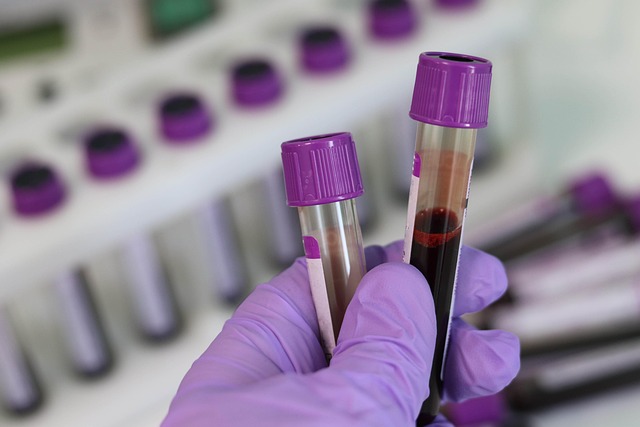
Vehicle delivery inspection is a meticulous process guaranteeing new cars meet manufacturer standard…….
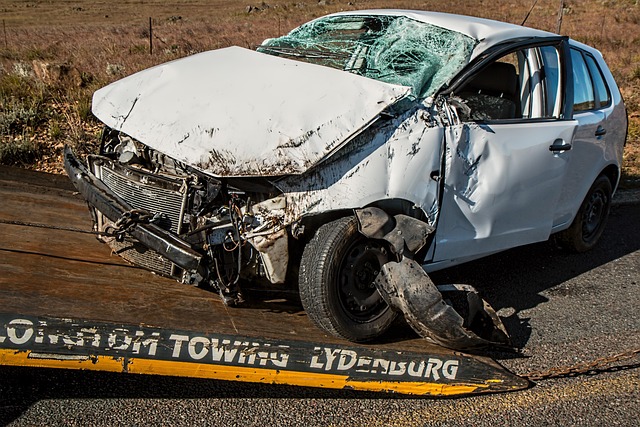
A meticulous vehicle delivery inspection is crucial for fleet safety and efficiency, preventing defe…….
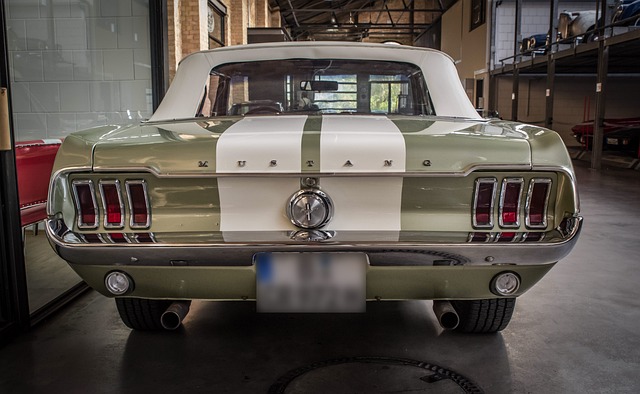
Vehicle delivery inspection is a vital process ensuring buyer satisfaction, accuracy in billing, and…….

A vehicle delivery inspection is vital for ensuring cars, especially valuable classics, arrive in op…….
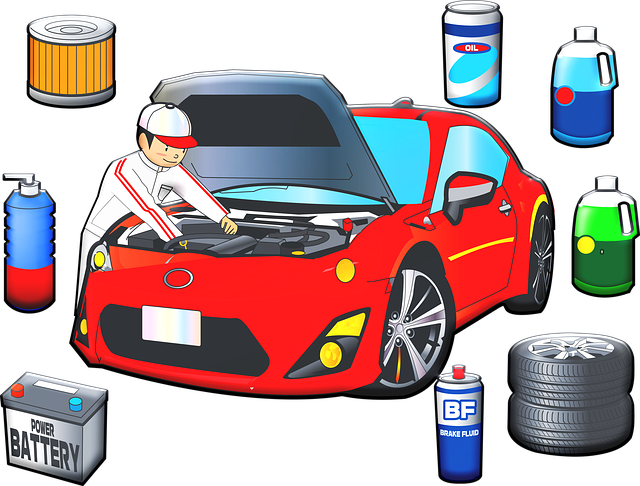
Before returning or reselling a leased vehicle, conduct a thorough vehicle delivery inspection. This…….

Vehicle delivery inspections are critical in logistics, especially for automotive companies, ensurin…….

Vehicle Delivery Inspection disputes can be navigated effectively by understanding detailed reports…….
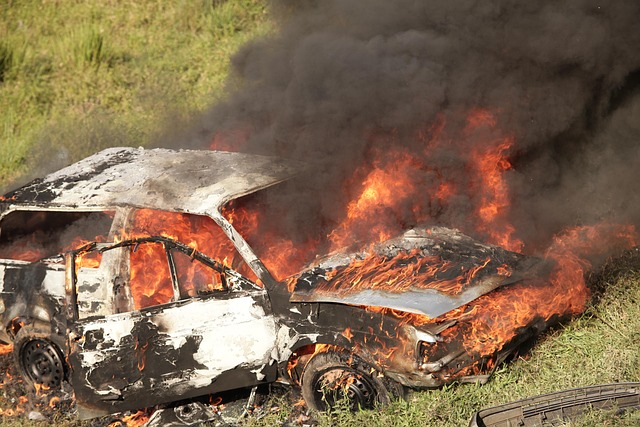
Before accepting your new or repaired vehicle, conduct a meticulous vehicle delivery inspection to v…….

The vehicle delivery inspection is a critical step for new car owners, ensuring warranty coverage an…….